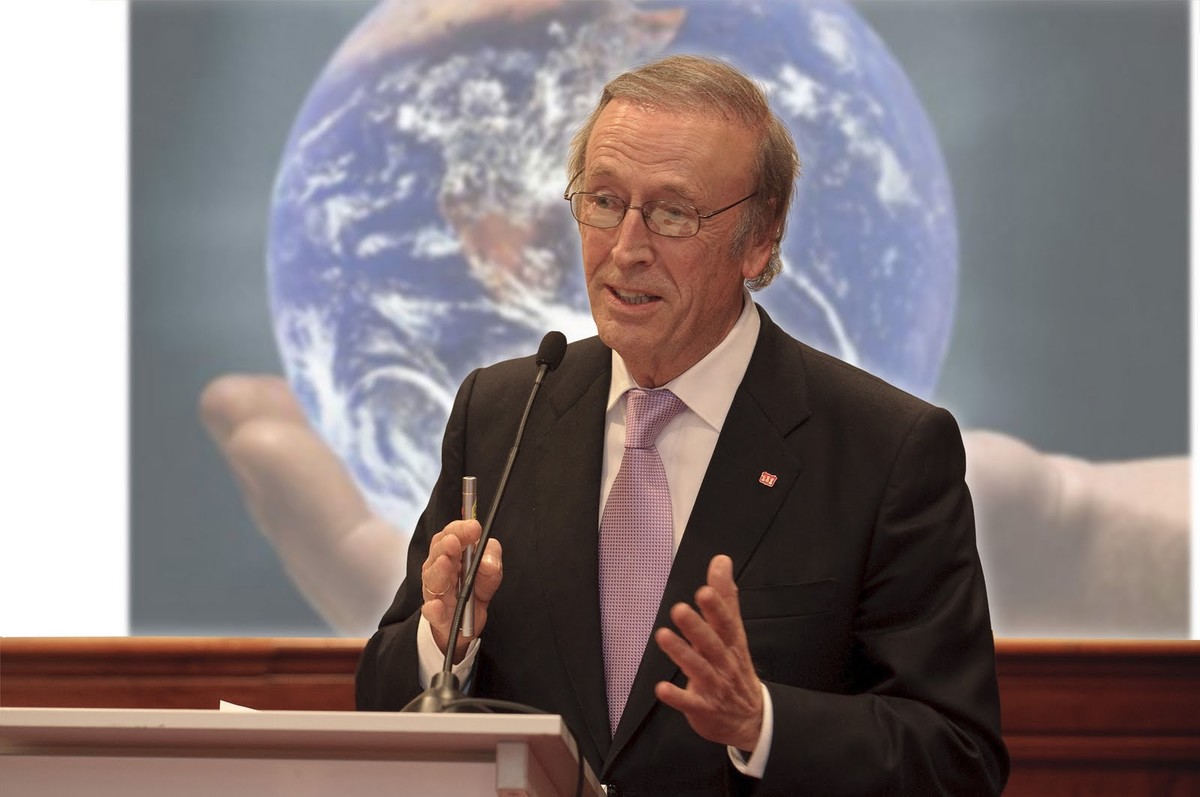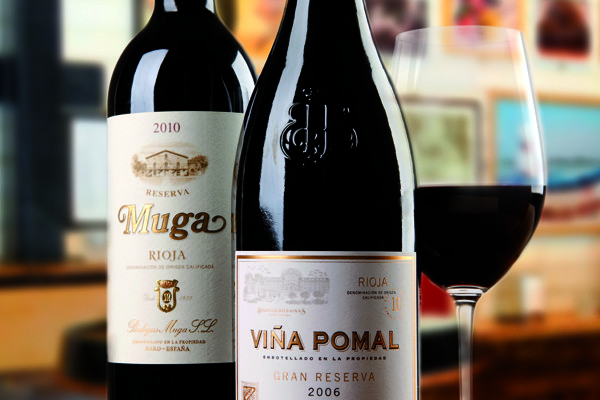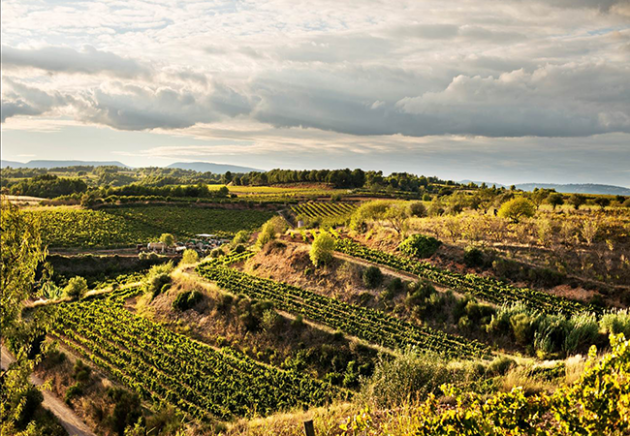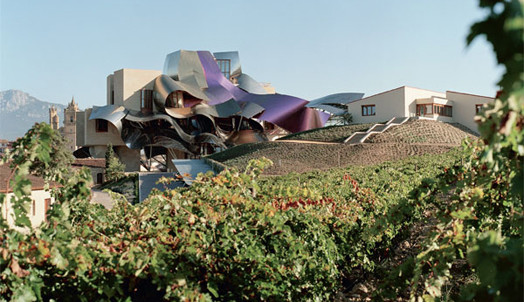The wines of the historic region of Empordà are bubbling with life and Mediterranean character once again thanks to young winemakers in northern Catalonia…

Empordà fact file:
Region: DO Empordà
Planted area: 1,826ha
Grape varieties: Carinyena, and Garnatxa, plus Tempranillo, Cabernet Sauvignon, Merlot, Syrah, Picapoll, Macabeu, Moscatel, Chardonnay, Sauvignon Blanc and Gewurztraminer
Production: 65,000 hectolitres (60% red, 17% rosé, 19% white, 4% sweet)
Main soil types: sand, slate, decomposed granite
Introduction:
It hardly matters which way you approach the Empordà region of Catalonia: whether it’s via Languedoc-Roussillon in southern France and across the border through which countless Republican refugees streamed at the end of the Civil War, or from Barcelona, which lies a little over one hour’s drive to the south. The landscape, flanked by the shimmering Mediterranean and dominated by the Pyrenees, which rise to the north, is equally distinctive whichever route you choose.
Vines have been laboriously cultivated here since the Greeks arrived on the coast at Empúries in the sixth century BC and established their settlement Palaia Polis. The Romans followed, expanding and building upon the Greek city (the site is a must on any Empordà itinerary) and exporting their wines throughout the empire. Later, in medieval times, it fell to the monasteries, including that of the wildly beautiful Sant Pere de Rodes perched high above the sea, to continue the wine-growing tradition.
Empordà’s golden age of viticulture began in the 1760s and continued for a century. Ample evidence of this viticultural richness can be found in the extensive network of terraces and dry stone walls that still indent the steep hillsides of the magnificent Cap de Creus National Park.
Then came phylloxera, which arrived from southern France in the 1870s and laid waste to these northern Catalan vineyards. It was a disaster from which (at least in terms of quantity) Empordà never recovered: of the 40,000 hectares of vines planted then, the figure is now less than 2,000ha.
Translated by Sylvia Wu / 吴嘉溦
All rights reserved by Future plc. No part of this publication may be reproduced, distributed or transmitted in any form or by any means without the prior written permission of Decanter.
Only Official Media Partners (see About us) of DecanterChina.com may republish part of the content from the site without prior permission under strict Terms & Conditions. Contact china@decanter.com to learn about how to become an Official Media Partner of DecanterChina.com.









Comments
Submit